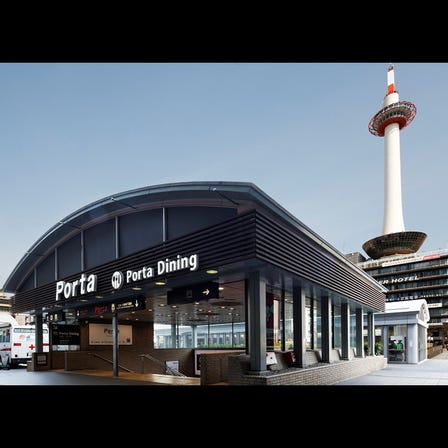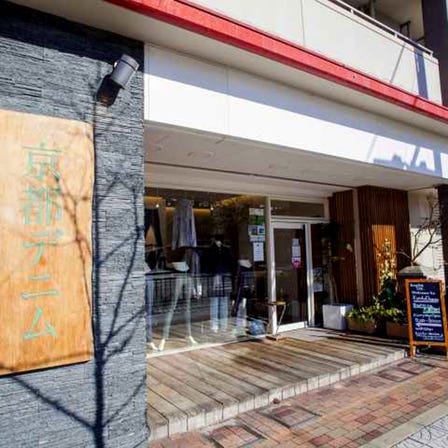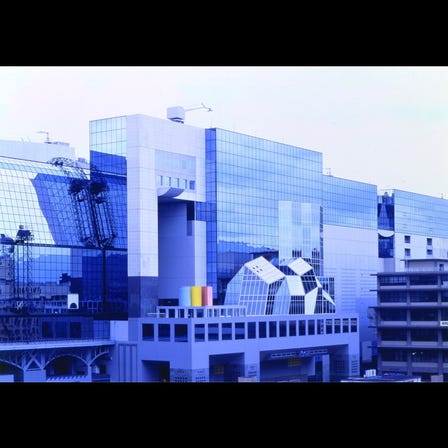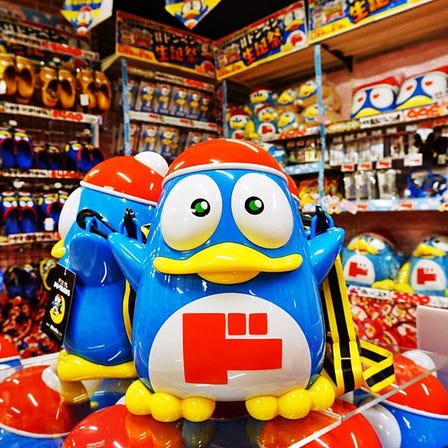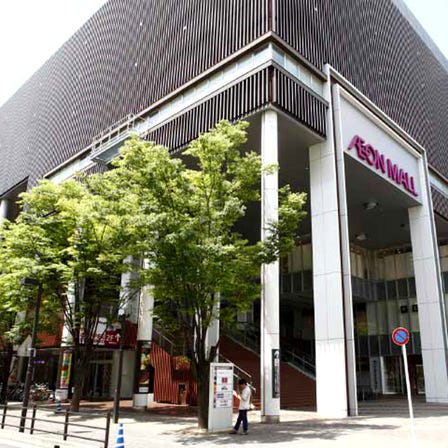Description
Fushimi Inari-taisha Shrine lies on Mt. Inari, the southernmost mountain of the Higashiyama Sanju-Roppo (36-mountain range). Founded in 711, it is the head shrine representing approximately 30,000 to 40,000 Inari shrines across Japan. Known affectionately as ”Oinari-san (Mr. Oinari),” the shrine's deity is widely worshipped as the god of good harvests, business success, industry growth, family safety, traffic safety, and success in the arts. In the grounds, you'll also find statues of foxes, which, legend has it, are Oinari-san's messengers. The shrine's most striking drawcard is the Senbon Torii (1,000 vivid vermillion torii gates), attracting visitors from both inside and out. Scattered throughout the vast grounds, covering about 870,000 square meters and taking in the entire mass of Mt. Inari, are many little shrines called otsuka. Venturing out beyond the 1,000 torii gates and Okusha Hohaisho, you'll discover a 4-km forest trail called ”Oyama Meguri” lined with many otsuka.
Senbon Torii, famous as a photogenic spot
When thinking of Fushimi Inari-taisha Shrine, the iconic 1,000 torii gates will immediately spring to mind. These beautiful vermillion torii gates line the pathway from the main shrine all the way to Okusha Hohaisho. The great number of torii gates comes from a tradition dating back to the Edo period, when it was a custom to dedicate a torii gate in gratitude for a wish that came true spread among the people. Apparently, there are actually about 10,000 torii gates across the mountain.
Messengers of the deity Inari, white foxes await visitors
White foxes are believed to be the messengers of the deity Inari. Throughout the grounds you'll find statues of seated foxes. A pair of fox statues that have ”A-un” (inspiration and expiration) relationship stand in front of the Ro-mon gate.
The Omokaru-ishi Stone tells if a wish will come true
Behind the Senbon Torii lies Okusha Hohaisho (an inner shrine) generally known as ”Oku-no-in (inner sanctuary).” On the right side of Okusha Hohaisho, over which the Inarisan-sangamine Mountain towers, you'll find a pair of stone lanterns. Make a wish in front of one of the lanterns and pick up the kuurin (the top of the lantern). If the kuurin feels lighter than you expected, your wish will come true, and if it feels heavier than you expected, it is unlikely your wish will be granted. Known as the ”Omokaru-ishi Stone,” this sacred gem attracts many visitors.
Take the Oyama Meguri to learn about the history and feel the energy of the sacred mountain Inari
In the vast grounds of Fushimi Inari-taisha Shrine on Mt. Inari, you can join an Oyama Meguri walk where you hike the 4-km mountain trail. Unique otsuka (little shrines) such as Kumataka-sha, Mitsurugi-sha, Ganriki-sha, Ichi-no-mine, Ni-no-mine, and San-no-mine line the trail.
Location Information
-
- Address
-
68, Fukakusayabunouchicho, Fushimi-ku, Kyoto-shi, Kyoto, 612-0882
-
- Nearest Station
-
Inari Station
・ JR Nara Line
-
- Phone Number
-
075-641-7331Available languagesonly in Japanese
-
- Closed
- None
-
- Public Site
- Official Site
Recommended Spots in Area
- Visiting
- Eating
- Shopping
- Lodgings
-
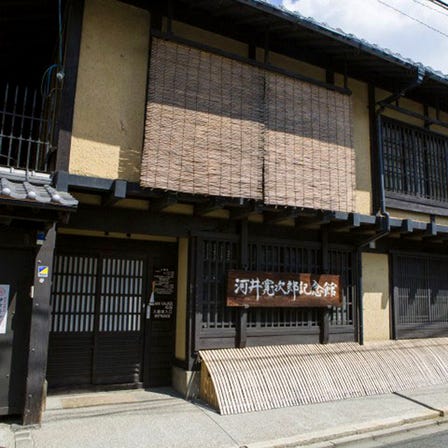 Kawai Kanjiro’s HouseKyoto Station, To-ji TempleOther Museums
Kawai Kanjiro’s HouseKyoto Station, To-ji TempleOther Museums -
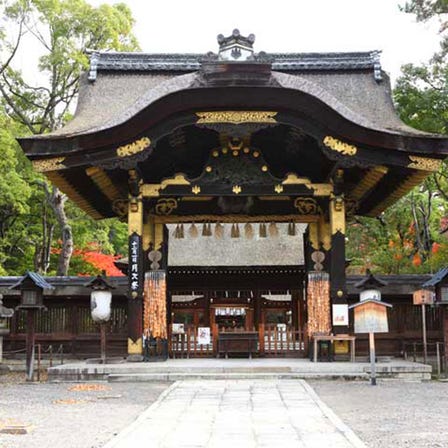 Toyokuni ShrineKyoto Station, To-ji TempleShrines
Toyokuni ShrineKyoto Station, To-ji TempleShrines -
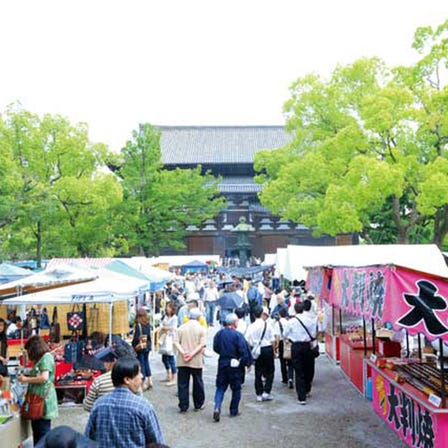 Toji Temple Kobo-ichi MarketKyoto Station, To-ji TempleOther Sightseeing
Toji Temple Kobo-ichi MarketKyoto Station, To-ji TempleOther Sightseeing -
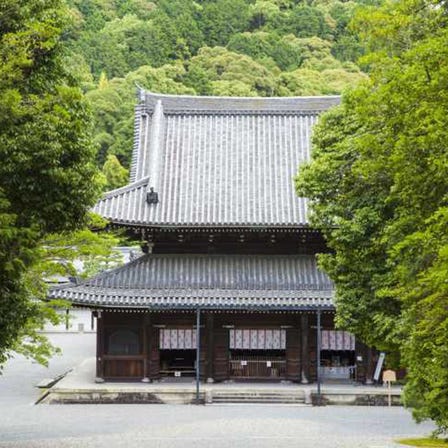 Mitera Sennyu-ji Main TempleKyoto Station, To-ji TempleTemples
Mitera Sennyu-ji Main TempleKyoto Station, To-ji TempleTemples -
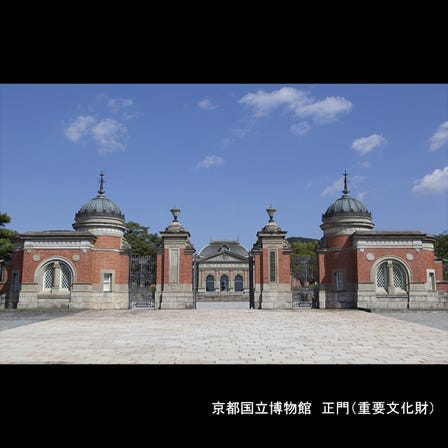 Kyoto National MuseumKyoto Station, To-ji TempleHistory Museums
Kyoto National MuseumKyoto Station, To-ji TempleHistory Museums -
 Tofuku-ji TempleKyoto Station, To-ji TempleTemples
Tofuku-ji TempleKyoto Station, To-ji TempleTemples
-
GiontamejiroHachijoguchiKyoto Station, To-ji TempleSet Meal (Gozen)
-
Shichijo Kanshundo ShazakissaKyoto Station, To-ji TempleOther Cafes and Sweets
-
YunkeKyoto Station, To-ji TempleIzakaya
-
KembunrokuKyotoabanteiKyoto Station, To-ji TempleIzakaya
-
HanatanukiKyotoekimaeKyoto Station, To-ji TempleIzakaya
-
PortaKyoto Station, To-ji TempleShopping Malls
-
Kyoto DenimKyoto Station, To-ji TempleClothing Stores
-
JR KYOTO ISETANKyoto Station, To-ji TempleDepartment Stores
-
The CubeKyoto Station, To-ji TempleOther Shopping
-
Don Quijote Kyoto Avanti Store.(10% Tax-Free + Up to 7% Discount Coupon)Kyoto Station, To-ji TempleDiscount Stores
-
Aeon Mall KyotoKyoto Station, To-ji TempleShopping Malls
-
DoubleTree by Hilton Kyoto StationKyoto Station, To-ji TempleHotels
-
Comfort Hotel ERA Kyoto TojiKyoto Station, To-ji TempleEconomy Hotels
-
Rakuten Stay Kyoto StationKyoto Station, To-ji TempleHotels
-
Kyoto Takasegawa BetteiKyoto Station, To-ji TempleHotels
-
Six Senses KyotoKyoto Station, To-ji TempleHotels
-
MarufukuroKyoto Station, To-ji TempleHotels
























